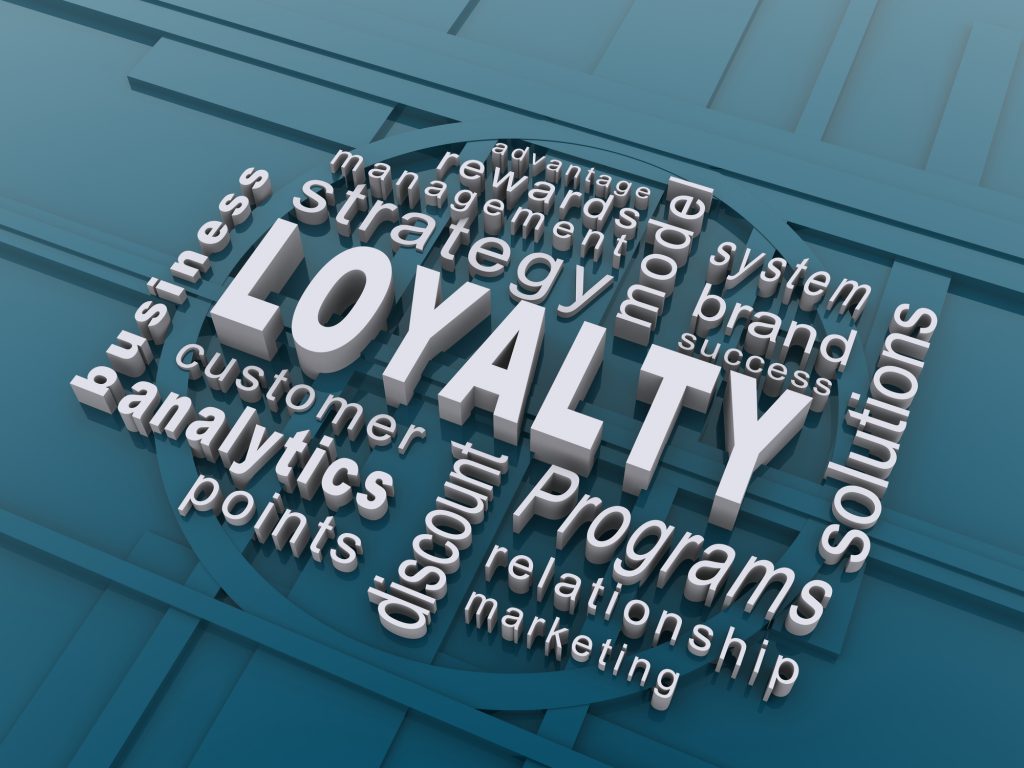Modern marketing and sales enablement revolve around achieving the best customer experience in meaningful ways. It’s not an easy proposition because intense competition has created a high degree of functional similarity everywhere we look. Even the iconic brands face the prospect that other manufacturers will emerge with look-alikes that work just as well. Generics in pharma, Oakley knock-offs, and Prada imitations are commonplace examples or products available at a fraction of authentic brand prices.

So, what customer experience best practices boil down to, in most cases, is branding through on-point messaging via social media and websites. Also, speaking to prospects engagingly and supporting the customer journey with intangible services make all the difference. Unless you can cement an emotional connection with your customers around a logo and slogan that resonates, the brand momentum will not be on your side.
What’s customer experience (CX) and why’s everyone so focused on it?
Whether in B2B or B2C environments, customers are looking for compelling reasons to buy from their preferred suppliers. However, when those reasons start disappearing or become difficult to spot, the customer experience may demonstrate defects that can cause irreparable damage to your business strategy and ROI.
If you look closely, CX is a series of connected touchpoints, like a chain that leads to the purchase and after-sales support services. From an aerial viewpoint, it defines the customers’ journey from the initiation event until the life cycle ends. Customers can begin the trip based on a friend’s referral or a timely mobile ad, or any number of online or offline initiators. The real work kicks in when the marketer realizes that keeping customers engaged — moving from touchpoint to touchpoint without disruption — is what makes or breaks a brand.
Successful marketers understand that all it takes is a single defective touchpoint to derail the entire process. For example, a prospect who wants to know more about installing an app gets frustrated by a poorly configured chatbot or interfaces with an impatient support agent. Even something as trivial as waiting for a connection to a voice may be enough to throw a potential sale out the window. It doesn’t usually happen that a prospect enters the customer experience one minute, and the next minute they’re in the buying mood and considered a paying customer. Instead, you have to work hard to secure loyal customers and retain them for as long as possible.
Why you should offset customer churn at all costs
Nothing attacks ROI as aggressively as customer churn. Every time a customer leaves the fold to jump to a competitor, it imposes a burden on the company to replace the business. Therein lies the rub, because it generally costs substantially more to recruit than retain, and profitability suffers. Conversely, customer retention generates significant benefits that bolster the bottom line. Customer loyalty carries a greater willingness to try out brand introductions and pay higher prices (versus identical competitor functionality). Also, steadfast customers forgive supplier missteps, and they like to spread the good word among friends and family.
The bottom line is that there’s no shortcut when it comes to CX analysis, and no compromise in tracking customers as they journey from one touchpoint to the next. This means you must use all the digital tools at your disposal.

Four CX best practices for 2021 and beyond
Gather customer feedback
Have you ever wondered why support agents remind you that a survey is coming down the line? No sooner have you put the cel phone down, there it is, in your email. Why? Because your conversations about technical and other support concerns are vital touchpoints. The company wants to know if agents are answering the questions adequately, or patiently addressing customer frustrations. In addition, friendly and informative company responses can inject brand value that enhances the image and encourages customers to persevere with you.
Feedback surveys that gather crucial data, such as the Net Promoter Score, can reveal a lot from asking only one question: Would you recommend us to your friends and family? It comes alongside a five or ten rating scale.
There are other metrics like customer churn rate (CCR), customer retention rate (CRR), customer satisfaction score (CSS), and various customer interview formats — the list is extensive. All will help you gauge if your CX measures up to industry standards.
Here’s the thing: It’s not a matter of throwing out surveys here, there, and everywhere. They can be expensive, especially if specialist skills are necessary to glean insights. Selecting the correct feedback tools requires expert guidance from companies like Sogolytics, saving you a ton of time and money by pointing out simple techniques versus options that may cost much more.
Emphasize employee training in-store and online
Trained staff can make a brand, and just as quickly, unprofessional employees can break it. Anyone in your company in sales, accounting, distribution, after-sales service, technical support, and communications must be on top of their game at all times. They must think on their feet and field all questions, no matter how absurd the latter may seem. Their responses can spell the difference between success and failure.
It’s imperative that employee training creates the appropriate expertise level that customers have come to expect. And this kind of training should begin with onboarding, and continue forward from there. The digital era has provided professional development podcasts, YouTube videos, virtual role-plays, and a range of case studies. Use them to acclimatize your employees to meet the complexities of customer behavior, even when it may seem a little irrational.
Communicate consistently — and never over-promise
Customer experience depends upon your messaging on the web and through social media. Nothing turns a customer off more than finding out that what you say doesn’t gel with the benefits you deliver. Any number of things come into play:
- Brand options
- Delivery times
- Extra fees buried in the small print
- Return policies
- Images unaligned with real-time touch, see, and feel
- Usage complexities
- Special offers
The minute customers believe you’ve misled them, it’s the beginning of the end. If the customer is new, the chances of moving them into the loyalty ranks are likely to disappear in the blink of an eye.
Sell to customers the way that it suits them
Some companies make the cardinal error of ignoring customer preferences. With the internet, remote work, online shopping, and virtual demonstrations so commonplace, omnichannel marketing is the order of the day. Buyers in B2B situations rely on committees to reach a decision, often relying on influencers from departments within the company to help close the deal. Choosing to ignore these dynamics can deflect customers’ interest in the wrong direction.

Moreover, differentiate yourself by offering specials from time to time that signify real value to loyal customers. Show that you appreciate their business by giving something back. You’ll find that switching your tactics to meet customer preferences spells the difference between ongoing engagement and dealing with unstoppable churn.
Conclusion
CX best practices should be the foundation of your business strategy. But it doesn’t have to be daunting, expensive, or over-complicated. If you’re not sure where to begin, Sogolytics can help you get up and running. Or if you currently lean on a CX strategy that isn’t quite working, Sogolytics can help point you in the right direction. Contact us today to schedule a free demo.














